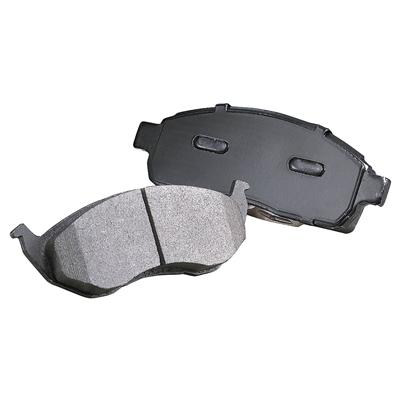What is an Interrogative Sentence Structure?
An interrogative sentence structure is a type of sentence that asks a question. It is used to gather information, clarify a point, or seek an opinion. This type of sentence structure can be identified by the use of question words such as “what,” “who,” “where,” “when,” and “why.” In addition, it often ends with a question mark (?).
Why is Interrogative Sentence Structure Important?
The use of interrogative sentences is essential in communication. By asking questions, we can gain knowledge and understanding from others. It helps to clarify points and avoid misunderstandings. In addition, using this type of sentence structure can help engage the reader or listener and encourage them to participate in the conversation.
Examples of Interrogative Sentences
- “What time is it?”
- “Where are you going?”
- “Who won the game?”
- “Why did you choose that option?”
- “When will you be back?”
How to Use Interrogative Sentence Structure Effectively?
To effectively use interrogative sentences in your writing or speech, consider these tips:
- Vary your sentence structure: Mix up declarative and interrogative sentences to keep your writing interesting.
- Avoid closed-ended questions: Closed-ended questions only require a yes or no answer and do not promote discussion. Instead, ask open-ended questions that encourage elaboration.
- Determine your purpose: Consider why you are asking the question and phrase it accordingly.
- Consider tone: The tone in which you ask a question can affect how it is received. Be mindful of your tone and adjust accordingly.
- Be clear: Make sure your question is clear and easy to understand. Avoid using complex language or jargon.
The use of interrogative sentence structure is an important aspect of communication. It allows us to gather information, clarify points, and engage in conversation with others. By understanding the value and importance of this type of sentence structure, we can effectively use it in our writing and speech to communicate more effectively.
What is an Interrogative Sentence Structure?
An interrogative sentence structure is a type of sentence that asks a question. It is used to gather information, clarify a point, or seek an opinion. This type of sentence structure can be identified by the use of question words such as “what,” “who,” “where,” “when,” and “why.” In addition, it often ends with a question mark (?).
Why is Interrogative Sentence Structure Important?
The use of interrogative sentences is essential in communication. By asking questions, we can gain knowledge and understanding from others. It helps to clarify points and avoid misunderstandings. In addition, using this type of sentence structure can help engage the reader or listener and encourage them to participate in the conversation.
Examples of Interrogative Sentences
- “What time is it?”
- “Where are you going?”
- “Who won the game?”
- “Why did you choose that option?”
- “When will you be back?”
How to Use Interrogative Sentence Structure Effectively?
To effectively use interrogative sentences in your writing or speech, consider these tips:
- Vary your sentence structure: Mix up declarative and interrogative sentences to keep your writing interesting.
- Avoid closed-ended questions: Closed-ended questions only require a yes or no answer and do not promote discussion. Instead, ask open-ended questions that encourage elaboration.
- Determine your purpose: Consider why you are asking the question and phrase it accordingly.
- Consider tone: The tone in which you ask a question can affect how it is received. Be mindful of your tone and adjust accordingly.
- Be clear: Make sure your question is clear and easy to understand. Avoid using complex language or jargon.
The use of interrogative sentence structure is an important aspect of communication. It allows us to gather information, clarify points, and engage in conversation with others. By understanding the value and importance of this type of sentence structure, we can effectively use it in our writing and speech to communicate more effectively.


